
I.R.I.S. - CubeSat
The I.R.I.S. (Intelligent Relay for Infrared Signals) project introduces a scaled-down 4U CubeSat
payload designed for educational
demonstration purposes, showcasing the potential of optical communication technology.
Drawing inspiration from NASA's TBIRD program, our project leverages Commercial Off-The-Shelf (COTS)
components to achieve a formidable data transmission rate of 6.6GB/second. Unlike traditional CubeSats,
our model will not enter orbit but serves as a testament to the feasibility of high-speed communication
in space on a reduced scale. This paper outlines the architecture, components, and testing results,
offering insights into the challenges and innovations of employing cost-effective solutions for
advanced space communication.
The project team is composed by me and Emile Bailey.
Differences from TBIRD

NASA's Architecture

Our Architecture
● Compact Design for Efficiency:
Our CubeSat is meticulously crafted in a 4U configuration, weighing under 2 kg, embodying a balance
between compactness and efficiency.
● Versatile Communication System:
Leveraging a bi-static optical sub-assembly, our communication system excels with separate apertures for
downlink (6.6 Gbps) and uplink (2 Kbps) transmissions. This careful balancing of data rates considers
both mission requirements and hardware constraints.
● Integrated FPGA Communication Hub:
The core of our communication prowess lies within the Xilinx Artix 7 FPGA board. Seamlessly integrated,
it hosts two SFP+ connectors for optical transceivers, offering a centralized and robust communication
solution.
● Efficient Data Storage:
Embracing a pragmatic approach, our CubeSat relies on a 64GB SD Card for data storage—a compact yet
reliable solution ensuring streamlined data management throughout the mission.
● Innovative Transceiver Technology:
Departing from conventional methods, our CubeSat integrates a GTP transceiver within the FPGA. This
unique approach to amplification sets us apart from projects relying on EDFA technology.
● Custom ARQ Protocol for Reliability:
In the realm of data transmission, we implement a custom Automatic Repeat Request (ARQ) protocol. This
bespoke approach ensures error-free communication, even at lower data rates, showcasing our commitment
to reliable transmissions.
● Strategic Weight Considerations:
Adhering to stringent weight constraints, our CubeSat is not just compact but also optimized for
efficient thermal radiation. This design choice enhances thermal management, ensuring optimal
performance.
● Multifunctional Uplink Signal:
Beyond its primary role in communication, our uplink signal serves a dual purpose—acting as both a
communication channel and a beacon for spatial tracking. This multifunctional use demonstrates the
versatility ingrained in our project.

Compute Unit
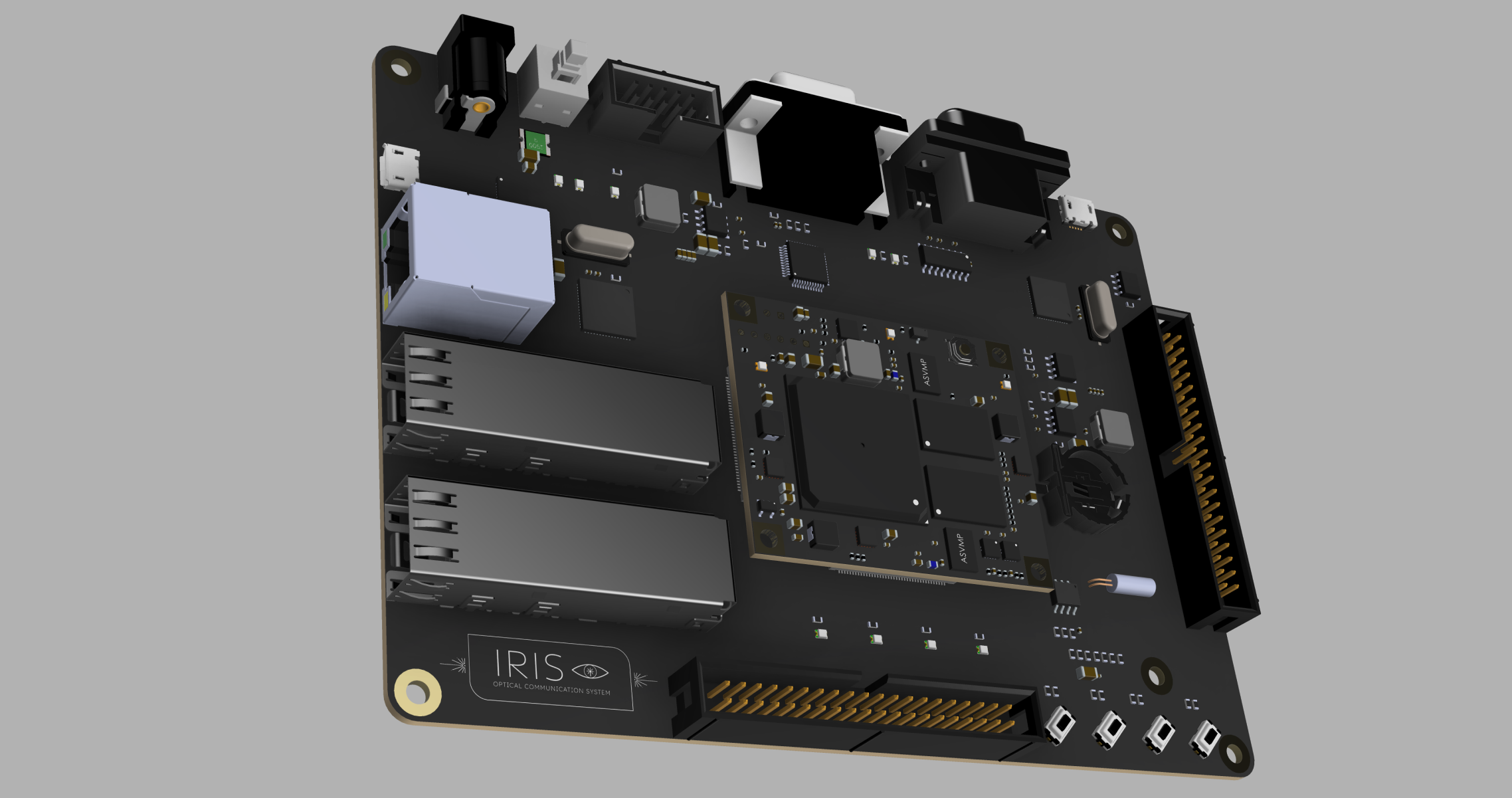
Main Board

Power Unit
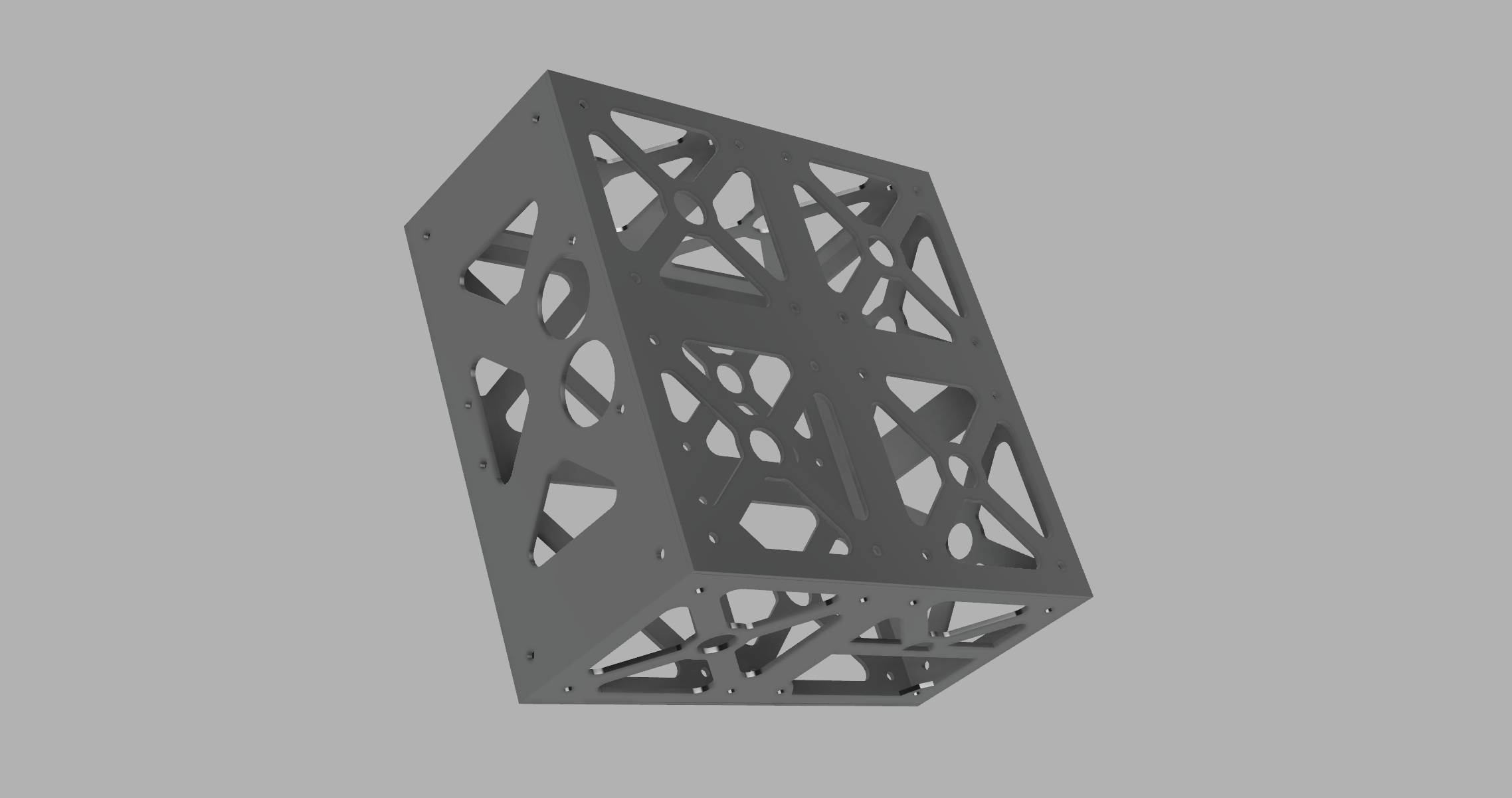
CubeSat Chassis
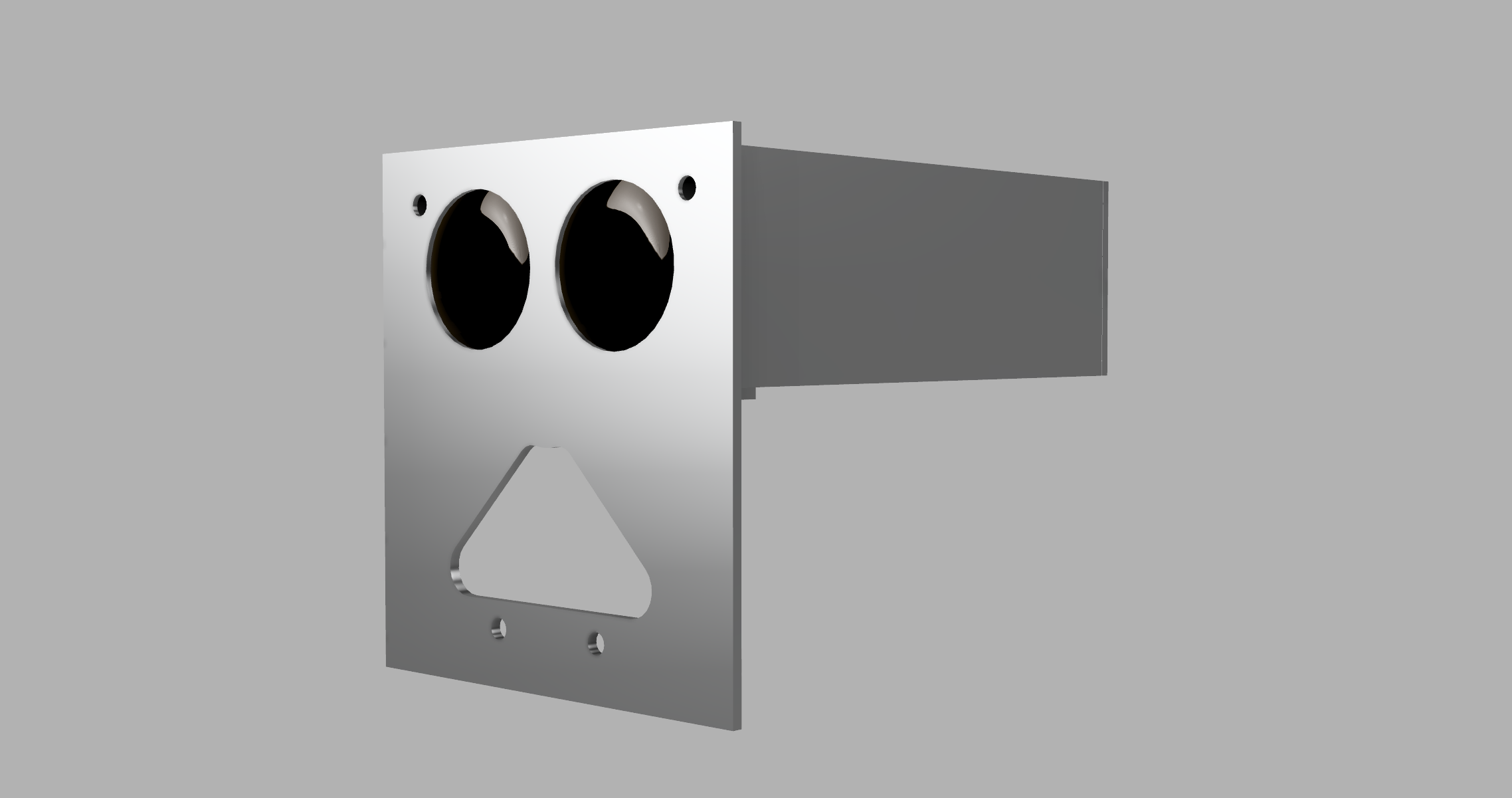
Optical Unit

Optical Coupler
IRIS CubeSat Aspect

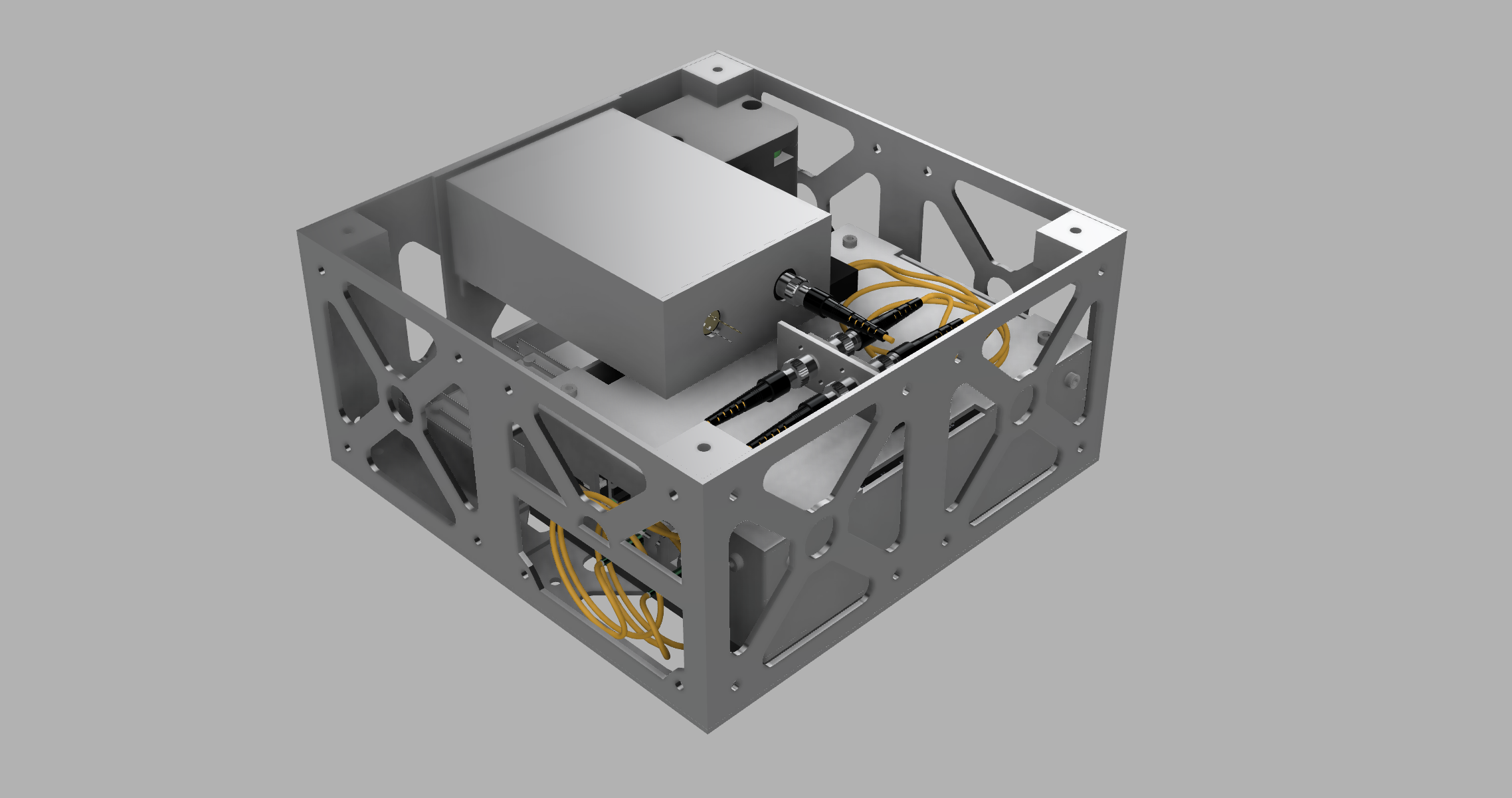
Optical Unit Section Analysis
The Optical Unit is composed by an aluminium external body (7000 series), as well as an internal PLA
composite black body. Both TX and RX lenses are made by JGS1 Quartz, it is an excellent optical
material in the range of 185 - 2500nm wavelengths.
● Transmitter Section: This section is composed by a trasmission barrel that houses an
aluminium fiber collimator and a 30mm Focus lens.
The distance between the collimator lens and the focus lens has been carefully determined based on the
wavelength of the infrared light, as well as their focal length.
● Receiver Section: This section is composed by a reception barrel that houses an quadrant
photodiode and a 30mm Focus lens.
The distance between the photodiode and the focus lens has been carefully determined based on the
wavelength of the infrared light, as well as it's focal length.
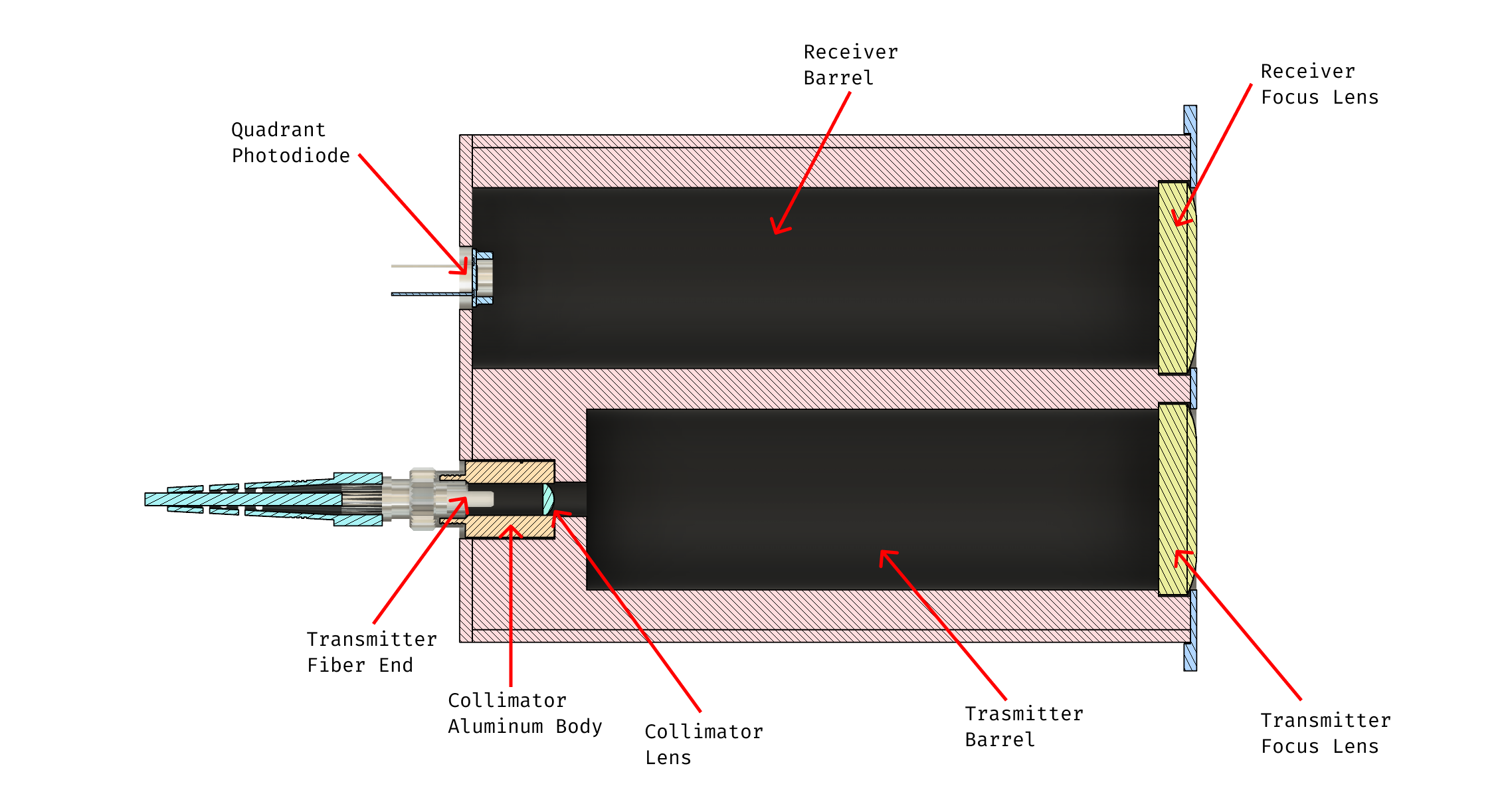
Test Phase Results
We made it! I.R.I.S. has successfully achieved a downlink speed of 5 Gb/s. Below are the test phase results that demonstrate the performance and integrity of our optical communication system.
● ILA Scan: The eye diagram displayed in this image represents the signal integrity analysis
performed during the test phase. The diagram shows an open eye pattern with 34,304 open area sections
and an open unit interval (UI) of 57.58%. This indicates a high-quality signal with minimal bit error rate
(BER), essential for achieving our target downlink speed.
The results confirm that I.R.I.S. system can reliably transmit data over optical links with
pretty good performance metrics.
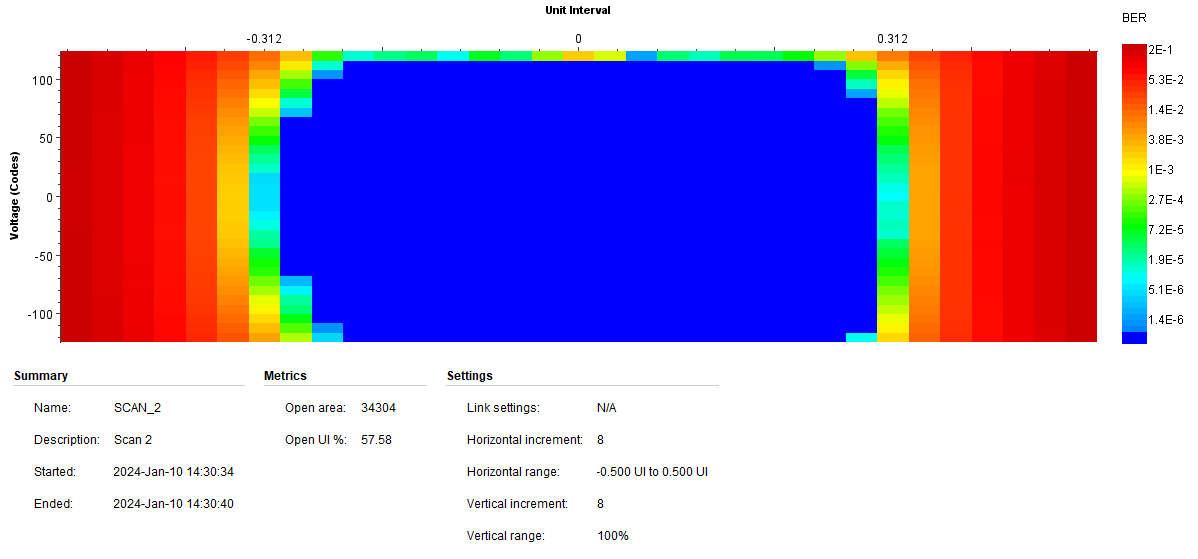
Eye Diagram Scan
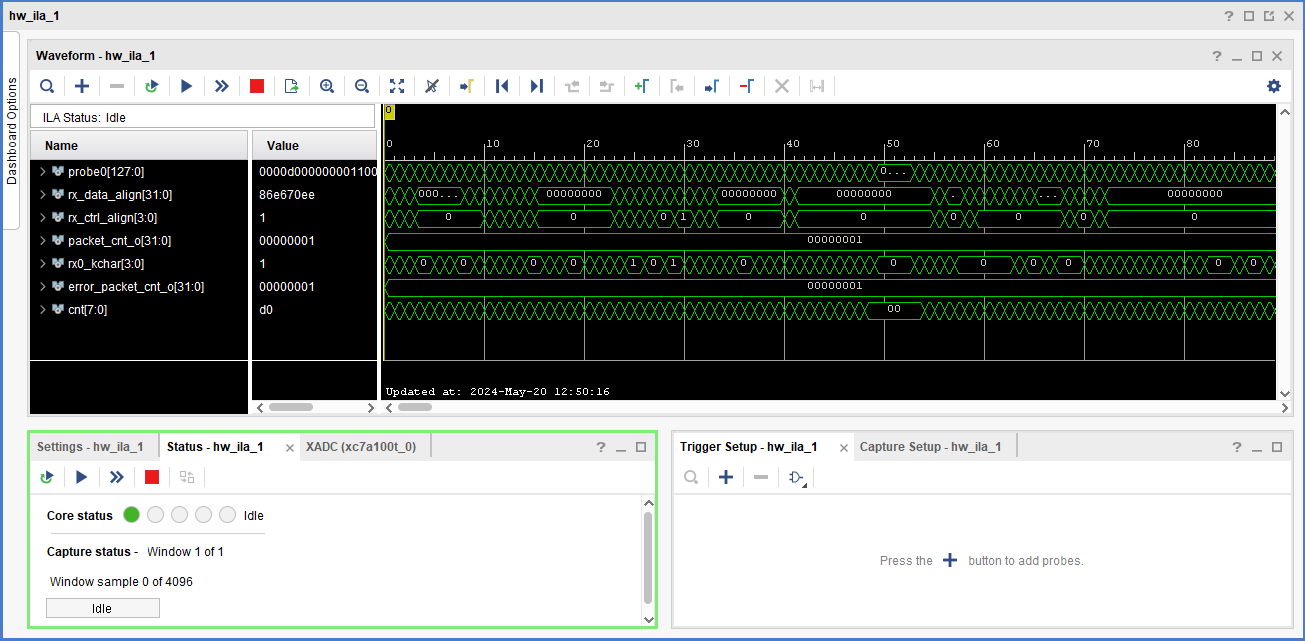
Integrated Logic Analyzer Scan
Project Status
Note : On the Test Phase, we successfully demonstrated downlink capabilities up to 5Gb/s.
As we're moving forward to a bigger and more complex project, we decided to stop the developement of this
device.
We learned so much from this adventure, and I'm definetely going to use the skills acquired to make next
projects even more successful!